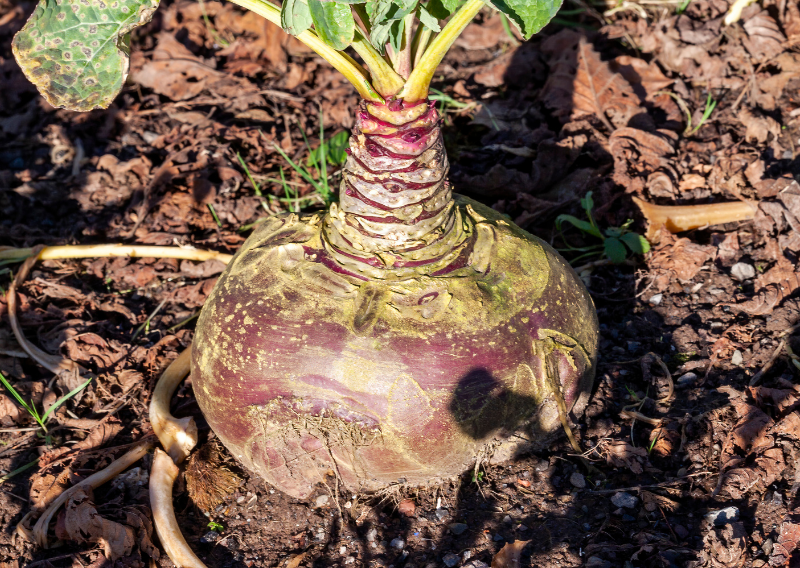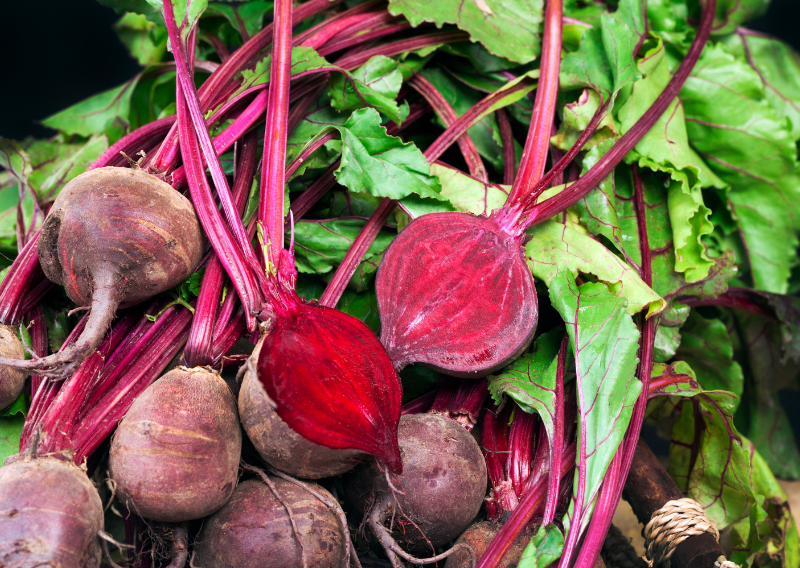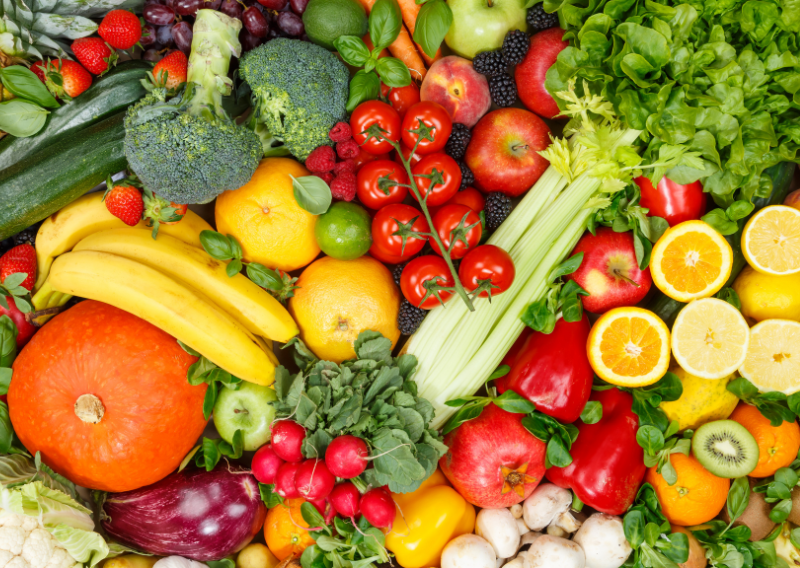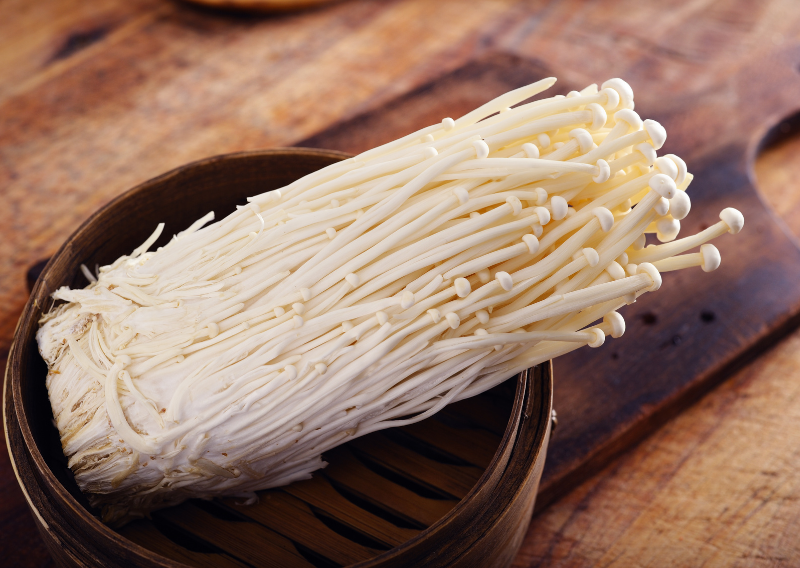
DIY Swede Crunchy Rolls: Easy and Delicious Plant-Based Recipe
If you want to add a unique vegetable to your culinary collection, swede is a fantastic choice! This hybrid of turnip and cabbage was developed in Sweden in the 17th century, and it’s often overlooked, but it can be a tasty addition to both your garden and your meals. In this blog, we’ll dive into how to grow swede and turn it into delicious, crunchy rolls that are perfect for sharing with friends and family.


Growing Swede
I started my swede journey in late May by sowing seeds in the greenhouse. Planting two seeds per cell and then thinning them down to one plant has worked really well for me. One major advantage of starting seedlings indoors is that it protects them from those annoying flea beetles, helping the plants thrive.
As the swedes grow, I make it a point to remove the lower leaves every couple of weeks. This simple task keeps the plants looking neat and helps reduce slug activity—something every gardener appreciates. The great thing about swede is its resilience; you can harvest them anytime during winter. These hardy vegetables can handle freezing temperatures and won’t rot in wet weather, making them a reliable crop for the colder months.
Swede Crunchy Rolls: A Comfort Food Recipe
Swede is surprisingly similar to potatoes in texture and taste, which makes it a versatile ingredient in many dishes. Here’s how to create swede crunchy rolls that will impress your family and friends.
Ingredients
- 1 medium swede
- 3-4 medium potatoes
- 1-2 onions
- 2-3 garlic cloves
- 4 tablespoons nigella seeds
- Any spices you like (cumin, paprika, or chili flakes work well)
- Filo pastry
Instructions
- Start by peeling and dicing the swede and potatoes. Chop the onions and garlic. In a large pot, boil the swede and potatoes until tender, then drain.
- In a skillet, heat a bit of oil and sauté the onions and garlic until golden. Combine with the boiled swede and potatoes, and season with your choice of spices and nigella seeds. Mash the mixture until it reaches a slightly chunky consistency.
- Preheat your oven to 375°F (190°C). Lay out sheets of filo pastry, brushing each layer with a little oil or melted butter. Place a spoonful of the filling on one edge of the pastry, then fold and roll tightly to form a roll.
- Place the rolls on a baking sheet lined with parchment paper and bake for 20-25 minutes, or until they are golden and crispy.
- Let the rolls cool for a few minutes before serving. They make for a great appetizer or a comforting main dish, paired with a fresh salad or a tangy dipping sauce.
A Versatile Vegetable
Swede is not only easy to grow but also a fantastic addition to all sorts of dishes. Whether you roast it, mash it, or use it in soups, this vegetable really stands out in many recipes. By adding swede to your meals, you’ll enjoy its comforting flavor while also enriching your plant-based diet with nutritious ingredients.
Happy gardening and cooking!






















